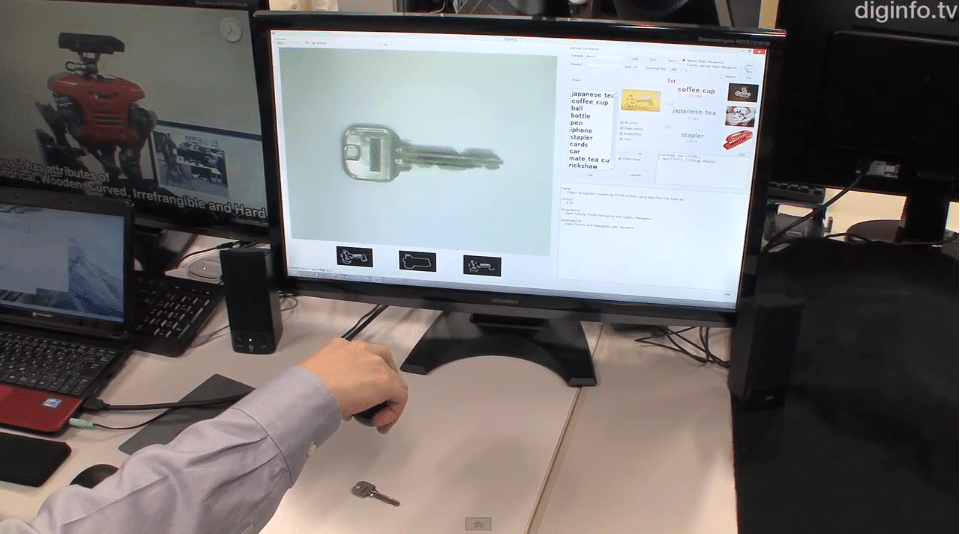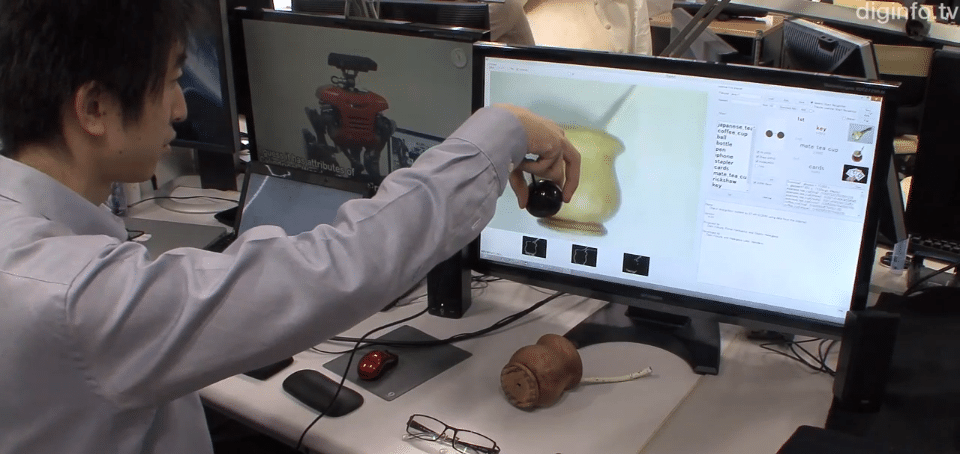We are often treated to artificial intelligence in movies these days. We have even seen artificial intelligence turn on humans and become our enemy in movies such as Terminator and iRobot. Some people actually fear the presence of artificial intelligence and are scared that it might become self-aware and start acting on its own. Research in Japan has already taken that step, sort of, and created an artificial brain that is in the process of learning everything from the Internet.
The project, called SOINN, aims to create a self-learning artificial brain that can look at any object and then head out on the Internet to learn more about it. Then, it will be able to recognize that object no matter how far away or at what angle that object is. At first glance, it looks like nothing other than a facial recognition software for objects. But that’s where we are wrong.
This highly advanced algorithm, which powers the artificial brain, is constantly being developed and perfected. This means the brain will become more and more self-aware in a way. I am sure it will take a long time before we see this artificial brain start acting on itself and becoming truly self aware, but it’s a great step forward for artificial intelligence and one that could have great potential for a lot of applications.
The project comes from Tokyo Institute of Technology, and it’s led by Dr. Osamu Hasegawa. They are putting all their resources and energy into perfecting their learning algorithm to recognize anything, no matter what is put in front of it. Currently, the artificial brain starts by looking at a single image. Then when key characteristics have been calculated from that image, it goes out on the Internet to search for pictures that have the same characteristics.
It then successfully identifies the object and enters it into its memory (the database it runs on). It’s hard to foresee whether or not this will be the first branch of true artificial intelligence, but it’s a great start and one that will have quite an impact on future applications, both in our everyday lives as well as in assembly industries all around the world.


COMMENTS